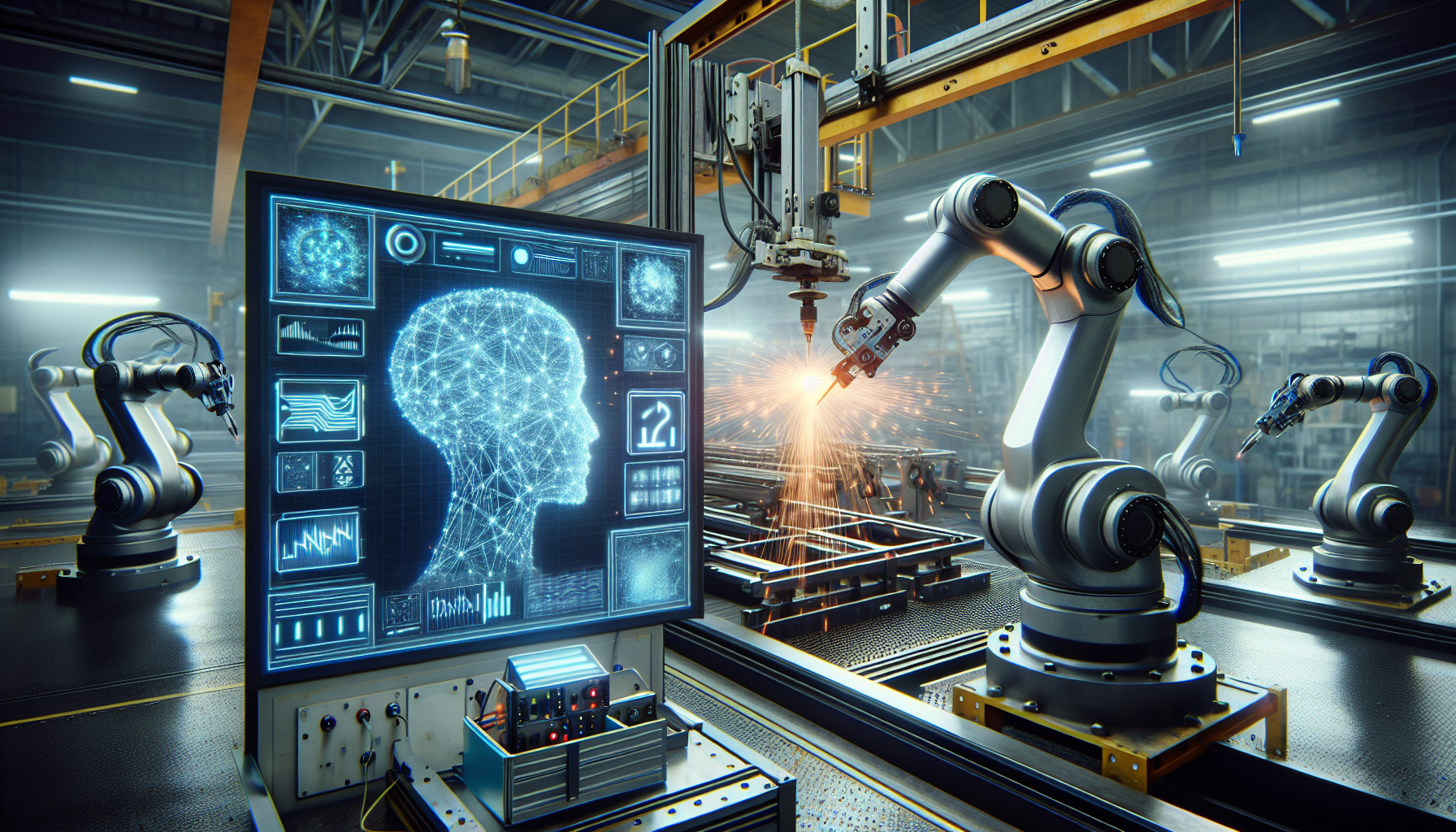 ## Exploring the Impact of Robotic Automation and AI on Metal Fabrication
## Exploring the Impact of Robotic Automation and AI on Metal Fabrication
Metal fabrication is an integral part of manufacturing, providing key components for a diverse range of industries from construction to automotive. In recent years, the advent of automation and artificial intelligence (AI) has revolutionized numerous sectors, including metal fabrication. These groundbreaking technologies are transforming traditional methods, making production more efficient, precise, and cost-effective.
The Role of Automation in Modern Metal Fabrication
Traditional metal fabrication processes involve manual techniques such as cutting, bending and welding. These tasks require skilled labor to guarantee precision and quality. However, the introduction of automation into metal fabrication has significantly evolved these methods. Automated systems and robots are now able to handle tasks such as welding and assembly with remarkable accuracy. This shift not only enhances precision but also reduces reliance on manual labor.
The incorporation of automation speeds up production times and improves safety by minimizing human exposure to hazardous environments. As a result, automation has become a pivotal component in contemporary metal fabrication, driving productivity and ensuring consistent, high-quality output.
The Influence of AI on Metal Fabrication
AI in manufacturing harnesses the power of machine learning algorithms and data analytics to optimize processes and improve decision-making, predictive maintenance, and quality control. Predictive maintenance leverages AI to anticipate equipment failures before they occur, reducing downtime.
Furthermore, AI aids in ensuring products meet stringent standards by improving quality control measures. This minimizes safety risks and guarantees reliability and consistency. By monitoring and analyzing production in real-time, AI can detect defects early on, allowing for immediate corrections and maintaining high quality throughout the manufacturing processes.
The Benefits of Merging Automation and AI
The integration of automation and AI empowers manufacturers to meet high demand efficiently. This technological advancement significantly raises productivity levels. It also enhances the quality and consistency of fabricated metal products by ensuring precise and uniform production standards.
Furthermore, the cost savings and improved return on investment are considerable, especially for small- and medium-sized enterprises. By investing in robotic workers, SMEs can reduce operational expenses by minimizing the need to hire and train new employees. This streamlines labor expenses and optimizes resource allocation.
Overcoming Challenges and Adopting Best Practices
The implementation of automation and AI does present a few challenges, such as high initial expenses and the need to train the existing workforce to operate advanced technologies. These hurdles can be particularly significant for smaller organizations with limited budgets. However, there are solutions and best practices available to help overcome these obstacles.
Companies can begin with incremental investments, gradually incorporating automation to distribute costs. Partnering with technology providers for training programs ensures staff gain the necessary skills to work with new systems. Additionally, seeking government grants or incentives that support technological advancement can help alleviate financial burdens.
Future Trends in Metal Fabrication
Future trends in automation and AI for metal fabrication include the adoption of advanced robotics, machine learning algorithms, and Internet of Things devices. These innovations are expected to drive significant growth in the sector. Analysts predict that due to these technological advancements, the U.S. metal fabrication market could surpass a valuation of $473.7 billion by 2031.
In addition, future impacts on the industry include more efficient production processes, greater customization capabilities and improved overall competitiveness. As automation and AI continue to evolve, metal fabrication can become more agile, cost-effective, and capable of meeting complex demands with precision and speed.
Conclusion
Automation and AI hold transformative potential to revolutionize metal fabrication, enhancing efficiency, quality, and competitiveness. It’s crucial for organizations to stay abreast of industry advancements and consider adopting these technologies to remain at the cutting edge of innovation.
Questions and Answers
Q1: How does automation improve safety in metal fabrication?
A1: Automation minimizes human exposure to hazardous environments in metal fabrication, thereby improving safety.
Q2: How does AI enhance quality control in metal fabrication?
A2: AI improves quality control by monitoring and analyzing production in real-time, allowing for early detection of defects and immediate corrections.
Q3: How can small- and medium-sized enterprises (SMEs) benefit from automation and AI?
A3: SMEs can reduce operational expenses by investing in robotic workers, which minimizes the need to hire and train new employees. They can also improve productivity and ensure precise and uniform production standards.
Q4: What are the potential future trends in metal fabrication with automation and AI?
A4: Future trends include the adoption of advanced robotics, machine learning algorithms, and Internet of Things devices. This could lead to more efficient production processes, greater customization capabilities, and improved overall competitiveness.
Q5: How can companies overcome the challenges of implementing automation and AI?
A5: Companies can start with incremental investments, gradually incorporating automation to distribute costs. They can also partner with technology providers for training programs and seek government grants or incentives that support technological advancement.